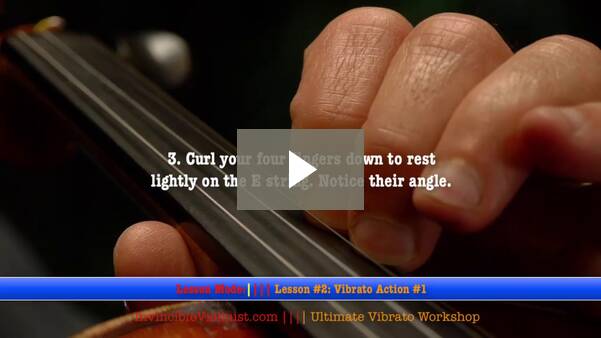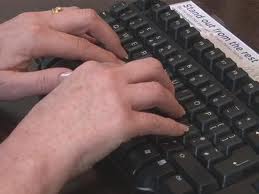My X-Ray Vision for How Well You Play the Violin
Send me a still photo of your kid with her violin in playing position. It won’t take me more than 10 seconds to determine if she’ll be able to make any progress beyond her first year of playing. It’s not that I’m some brilliant pedagog of string playing. But after a decade of teaching young students the violin it’s quite clear when an approach is doomed to failure.
Here it is in plain English: if your posture is poor, so is your tone and technique. Stated another way, you must look something like a pro, if you want to advance past beginner. Mind you, looks are not a guarantee of progress, but they most certainly are a condition of success.
The Sink or Swim Factor for Violin Beginners
The number one success factor for new violinists rests in the left (or violin) hand. Fingers must be curved and inclined, just so. The perfect amount of pressure must be applied to the fingerboard. Too much squeeze and the tension will kill you, not enough and the tone will suffer. Because all of this is so crucial, I’ve devised routines to help students learn it in baby steps. This is an example of such a routine.
Over the years, I’ve developed many such routines. If you’d to see them, sign up for my e-course. Totally free, the form is at the bottom of this post.
Beyond the Violin Hand
But wait, there’s more! Like how exactly do you position the violin on your shoulder? And how do the arm, elbow and shoulder come into play? Yeah, it all matters, more than you might expect. And we haven’t even discussed the bow yet!
Patience is Your Friend
Don’t get me wrong, I admire your zeal to move ahead quickly and learn your favorite songs. Though really, learning songs is only the tip of the iceberg. More often than not, what the violin can teach you and your children is the virtue of patience.
Practical Advice for Invincible Violinists: Take your time, especially at the beginning. Don’t worry so much about learning songs; the extra time you spend with your kids on the basics will more than make up for itself with rapid progress in the future.
Focus on producing a full tone with a minimum of effort. Be certain that you have a comfortable and cozy physical relationship with your instrument. And don’t forget to look in the mirror. If it doesn’t look right, it probably isn’t.
YGTF8WFHCGCQ


